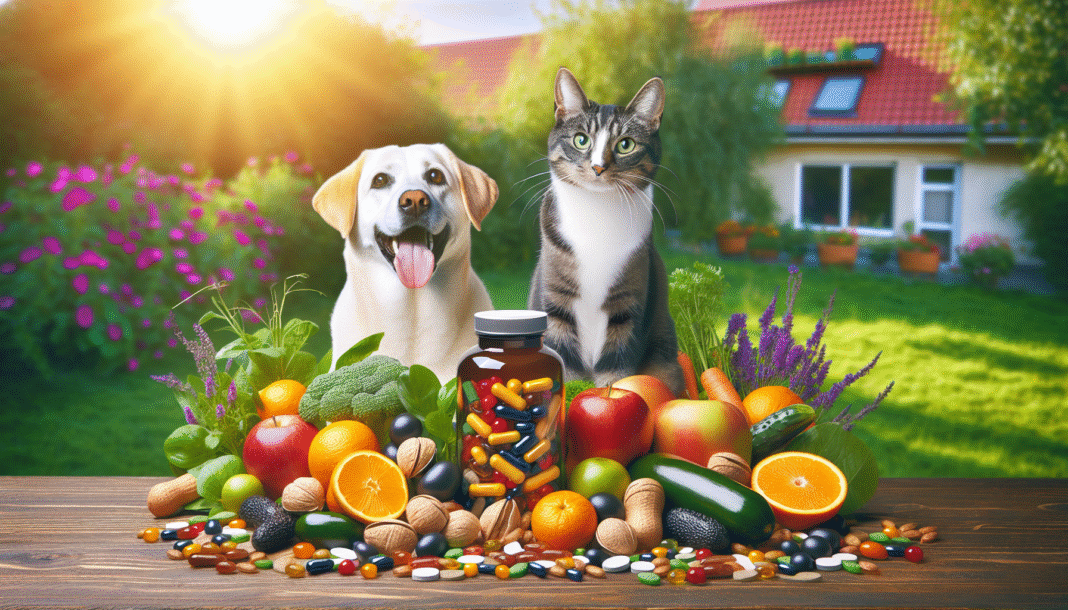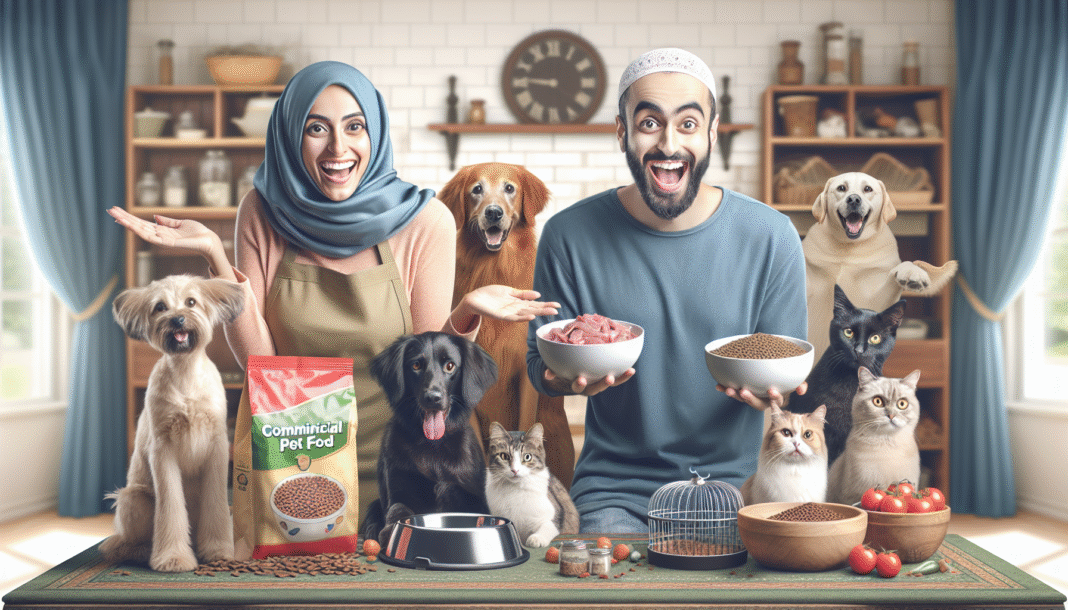As a dedicated pet owner, you want nothing but the best for your furry friend. Providing them with high-quality nutrition is paramount to maintaining their health and happiness. That’s why homemade cat food recipes are gaining popularity. Not only can you control the ingredients, but you can also cater to your cat’s specific dietary needs. Here’s a thorough guide to the top 10 homemade cat food recipes that are both nutritious and delicious!
Why Choose Homemade Cat Food?
1. Quality Control
One of the biggest advantages of preparing homemade cat food is that you have complete control over the ingredients. You can choose high-quality proteins and avoid harmful additives often found in commercial foods.
2. Customization
Every cat is unique, and their dietary needs can vary based on age, activity level, and health conditions. Homemade recipes allow you to tailor meals to suit these specific needs.
3. Freshness
Homemade meals are fresher than processed options, which can encourage better digestion and overall health for your feline friend.
4. Allergy Management
If your cat has allergies or food sensitivities, making their food at home can help you avoid problematic ingredients.
Top 10 Homemade Cat Food Recipes
Recipe 1: Chicken and Rice Delight
Ingredients:
- 1 cup chicken (cooked and shredded)
- 1/4 cup cooked brown rice
- 1/4 cup peas (cooked)
- 1/4 cup carrots (cooked and finely chopped)
Instructions:
- Mix the shredded chicken, rice, peas, and carrots in a bowl.
- Serve at room temperature.
Recipe 2: Salmon Dinner
Ingredients:
- 1 can of salmon (with water, no added salt)
- 1/2 cup mashed sweet potato
- 1 tablespoon olive oil
Instructions:
- Drain the salmon, removing any bones.
- Mix with mashed sweet potato and olive oil.
- Serve fresh.
Recipe 3: Turkey and Veggie Mash
Ingredients:
- 1 cup ground turkey (cooked)
- 1/4 cup spinach (cooked and chopped)
- 1/4 cup zucchini (cooked and chopped)
Instructions:
- Combine the ground turkey, spinach, and zucchini.
- Allow to cool before serving.
Recipe 4: Beef and Pumpkin Stew
Ingredients:
- 1 cup ground beef (cooked)
- 1/2 cup canned pumpkin (not pie filling)
- 1/4 cup carrots (cooked and diced)
Instructions:
- In a bowl, mix cooked beef, pumpkin, and carrots.
- Serve when cooled.
Recipe 5: Quinoa and Chicken Bowl
Ingredients:
- 1/2 cup cooked quinoa
- 1 cup chicken (cooked and shredded)
- 1/4 cup green beans (cooked and chopped)
Instructions:
- Combine all ingredients in a mixing bowl.
- Let cool before serving.
Recipe 6: Tuna Delight
Ingredients:
- 1 can tuna (in water, drained)
- 1/4 cup cooked peas
- 1 tablespoon nutritional yeast (optional)
Instructions:
- Mix all ingredients in a bowl.
- Serve at room temperature.
Recipe 7: Egg and Salmon Scramble
Ingredients:
- 1 egg (scrambled)
- 1/4 cup canned salmon (drained)
- 1 tablespoon olive oil
Instructions:
- Scramble the egg in olive oil.
- Mix with the salmon once cooked. Serve warm.
Recipe 8: Lamb and Rice Delight
Ingredients:
- 1 cup ground lamb (cooked)
- 1/4 cup cooked white rice
- 1/4 cup carrots (diced and cooked)
Instructions:
- Mix lamb, rice, and carrots in a bowl.
- Allow to cool before serving.
Recipe 9: Chicken and Broccoli Feast
Ingredients:
- 1 cup chicken (cooked and shredded)
- 1/4 cup broccoli (steamed and chopped)
- 1 tablespoon fish oil
Instructions:
- Combine shredded chicken, broccoli, and fish oil.
- Serve once cooled down.
Recipe 10: Thanksgiving Turkey Mash
Ingredients:
- 1 cup turkey (cooked and shredded)
- 1/4 cup green peas
- 1/4 cup mashed potatoes
Instructions:
- Mix turkey, peas, and mashed potatoes together.
- Let cool before serving.
Important Considerations
Nutritional Balance
While these recipes are nutritious, ensure they include a balance of proteins, fats, and carbohydrates. You can consult a veterinary nutritionist for guidance in achieving the right balance.
Supplements
Discuss with your vet if any additional supplements are necessary for your cat’s needs, such as taurine or omega-3 fatty acids, especially if you’re moving away from commercial food.
Gradual Transition
If switching from commercial to homemade food, do so gradually to avoid upsetting your cat’s digestive system. Start by mixing small amounts of homemade food with their regular diet.
Monitor Health
Keep an eye on your cat’s weight, coat condition, and energy level. Regular vet check-ups are essential to ensure your homemade diet is supporting their health.
Food Storage
Store any leftover homemade food in an airtight container in the refrigerator for up to three days. Consider making a large batch and freezing individual servings for convenience.
Final Thoughts
Homemade cat food can be a wonderful way to provide your feline companion with the nutrition they need while keeping their taste buds excited. With a mix of these recipes and attention to dietary balance, you’ll help your cat thrive. Happy cooking!





